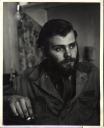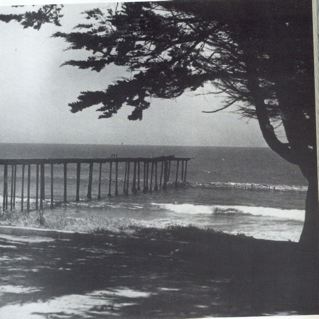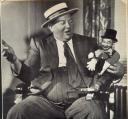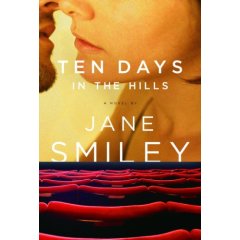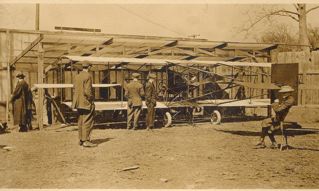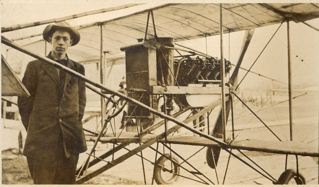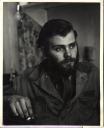 (Photo: The artist and beatnik Michael McCracken is as handsome as he was described by the famous San Francisco attorney Marvin Lewis. This is the first photo I’ve seen of McCracken).
(Photo: The artist and beatnik Michael McCracken is as handsome as he was described by the famous San Francisco attorney Marvin Lewis. This is the first photo I’ve seen of McCracken).
Then a few days ago I get this mysterious sounding email from one Michael Rothenberg:
“Imagine my surprise when I did a casual Google search for Michael McCracken San Francisco and you had posted, not 45 days ago, a wonderful reminiscence of Marvin Lewis about my parents!
I was the baby, Michael McCracken Jr, that lived in that delapidated abalone factory, born February 11, 1963.”
——————————————————————————————
June to Michael: I am equally stunned. Tell me more about yourself.
—————————————————————————————————
Michael Rothenberg to June: “Michael Bowen and Arthur Monroe are both my godfathers. I’ve spoken to Michael Bowen and actually came out to San Fran to spend time with Arthur Monroe. Not sure if you know him….he’s a curator at the Oakland Museum and was also an artist “back in the day”.
As for me, I live in Chicago, where my grandmother brought me after my mother died. We were traveling in Mexico in 1966 when my mother overdosed. They placed me with a family in Mexico until my grandmother was able to find me through the Consulate. She was a great person…troubled, but great. She was a wonderful singer that would frequently perform and hang out with the likes of Janis Joplin in the coffee galleries in North Beach.
As for my father, Michael, he died in June 1968 in a London hospital, officially determined a suicide based on the information found on his death certificate I was able to obtain. It’s been an interesting journey for me over the past 9 years, finding out all the information I have compiled.
The website of my search is at www.woodstocknation.org/mccracken.htm along with an article that was written about us that was published in the Miami Herald.
Michael”
There’s a lot more to tell but it’ll have to wait until later. Meanwhile this is a great story and please read the links, including the one Michael Rothenberg, the baby born in the Abalone Factory in Princeton, sent me.

